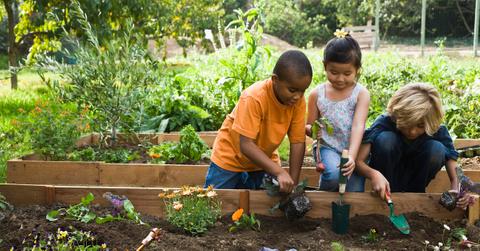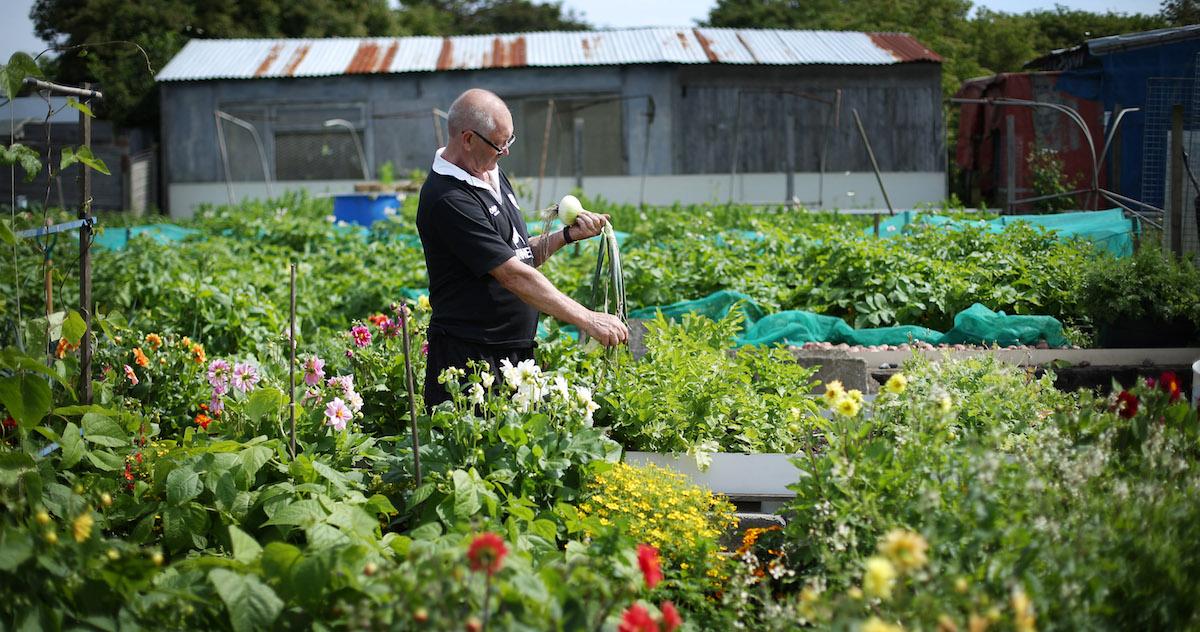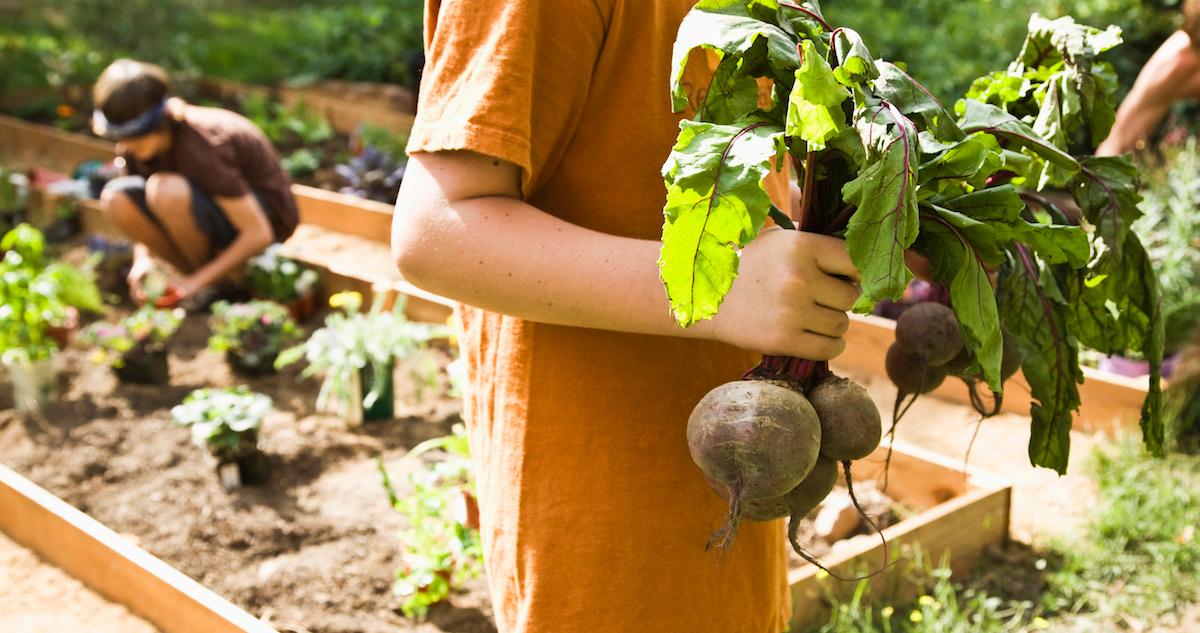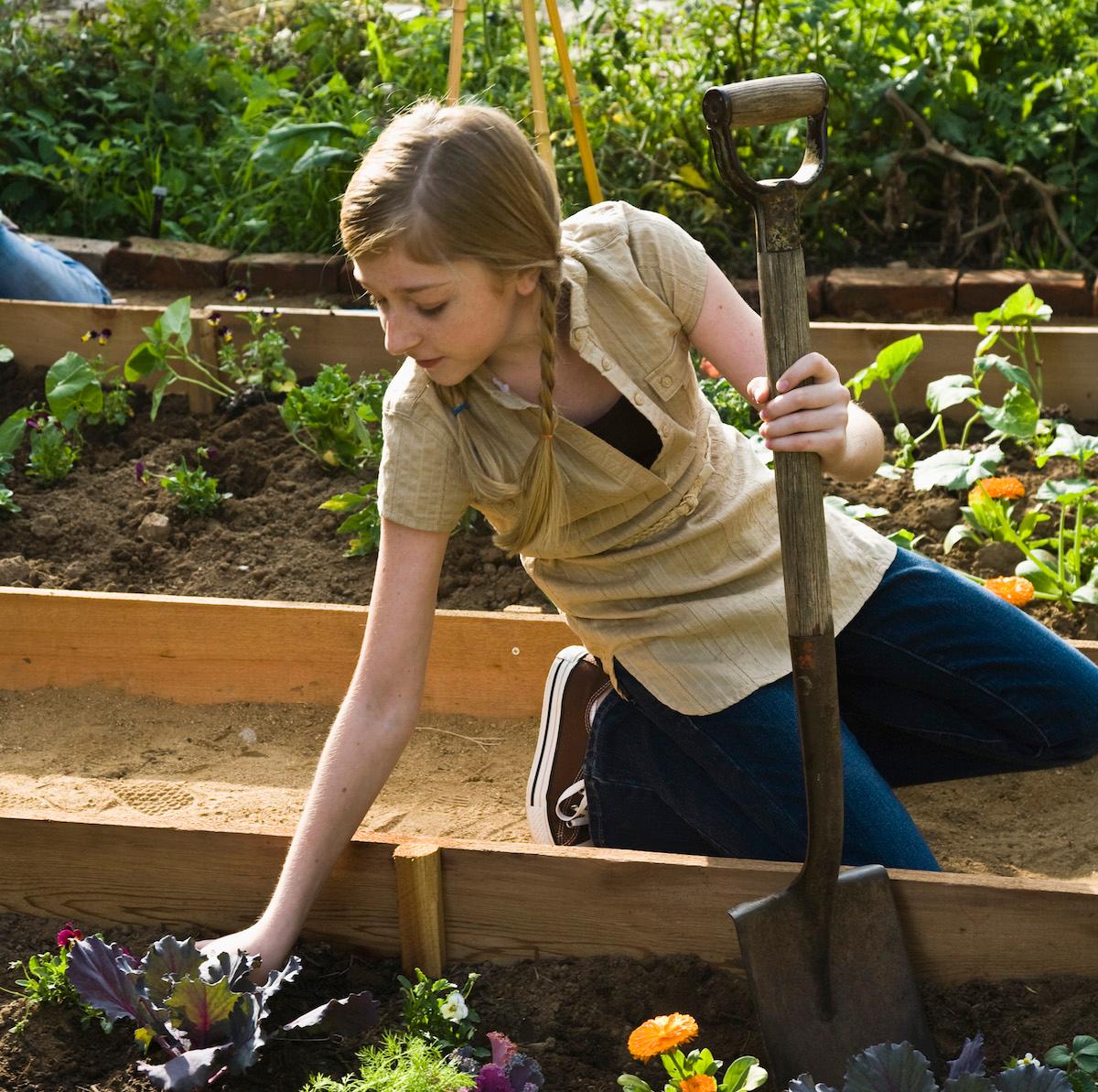Tips for Joining or Starting a Community Garden in Your Neighborhood
Published Aug. 30 2021, 3:44 p.m. ET

Community gardens have always been a way of bringing people closer together, while providing communities with a reliable source of fresh produce, especially if fresh fruit and veg isn't easily accessible in the community in question.
These gardens also offer people an opportunity to learn important life skills and self reliance. But how does one go about joining a community garden if they aren’t already familiar with one in their area? For that matter, how does one start a community garden?
How to join a community garden:
If you live in an apartment complex or gated community, joining a community garden could be as easy as finding out where they plant it and when they meet. Many communities post flyers or on bulletin boards advertising the garden at the start of planting season. If that community has a digital presence, through Facebook or some other social media platform, they may even have closed groups for community garden members.
According to Apartment Guide, the first thing that you should do once you find out about the existence of the local community garden is to find out who’s in charge. Introduce yourself and ask how membership works. What are the membership requirements? What does it cost to be a member? You could also ask about how the garden works. What crops are being planted? How are the different garden plots organized?
Most importantly, you’re going to want to ask how you can be of any help. Offering your assistance could be your ticket to joining that farming community. You can help out by offering to water plots when fellow gardeners are away, or to weed out plots when they’re looking a little scruffy. Just be sure you’re pulling actual weeds and not plants, herbs, or flowers.

Does joining a community garden cost money?
Yes, there are often costs associated with joining a community garden, though the cost is usually minimal. First, you’ll need to consider the cost of purchasing gardening tools, garden soil, seeds, seedlings, and/or fertilizer. According to Green Thumb Garden in New York, some gardens have membership fees attached to them and some do not. Most of the time, these “dues” are used to pay rent on the land where the garden is located or general upkeep. Just be sure you can afford them before joining.

Where to find community gardens:
Your best bet is to look for community gardens that are close to home. Those should be easy to identify and even locate within your neighborhood. You may even know someone who’s a part of the garden already, in which case, you’ve got a solid in. According to Gardening Channel, churches, schools, colleges, universities, and even public parks provide spaces for community gardening. These places usually advertise on school websites, municipal websites, recreation centers, or even the local YMCA.

How to help start a community garden:
If there are no community gardens in your area already, maybe it's time to start one! According to Treehugger, it’s good to begin by finding an available plot of land. It doesn’t have to be a plot of soil either. Some community gardens are grown in raised beds, set in empty lots, in the middle of New York City, so don’t be deterred if all the good planting real estate seems to be taken.
You can also research grants and talk to your local municipality to see if there is any funding available for such an enterprise. If there isn’t, try speaking to other members of your community to see who might be interested. If enough people are on board, all of them can work together to bring the garden to life. People can donate wood to build raised beds and divide plots, or throw in for a truckload of soil for everyone to start.
Once all the details are settled, set up days for volunteers to come and work on the garden, put up fencing, and get things started. Be forewarned, there will be some logistical hurdles to jump through. According to the American Community Garden Association, those logistics can include dividing plots, sharing tools, and taking care of ongoing expenses and maintenance, but as long as you and your community are working together and building something you can all be proud of, it’ll be worth it.